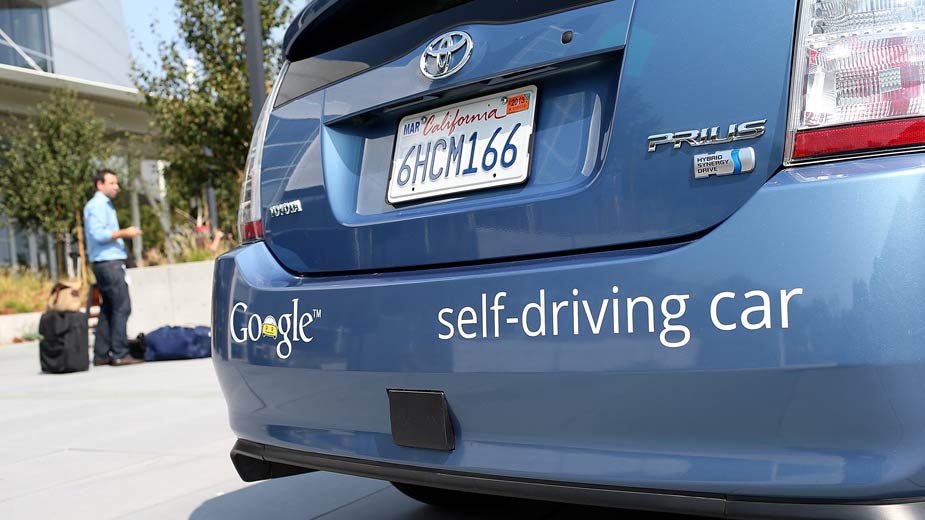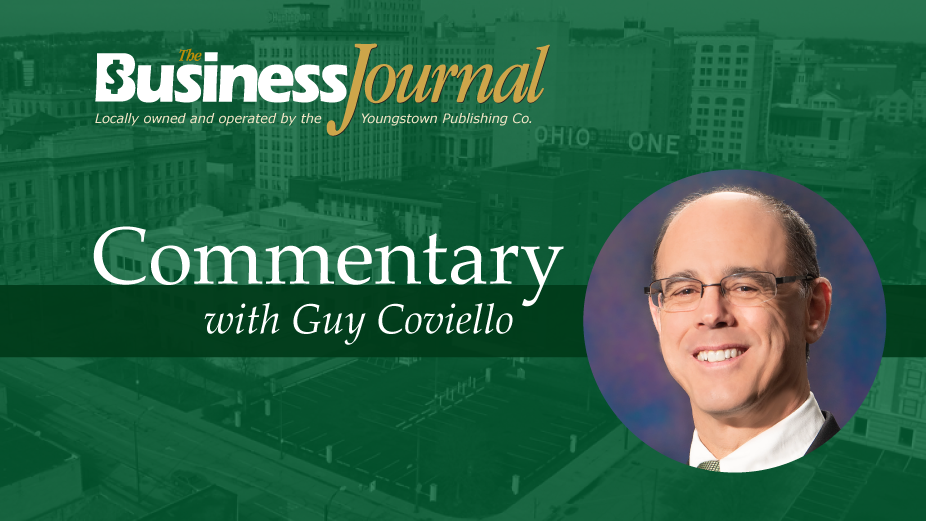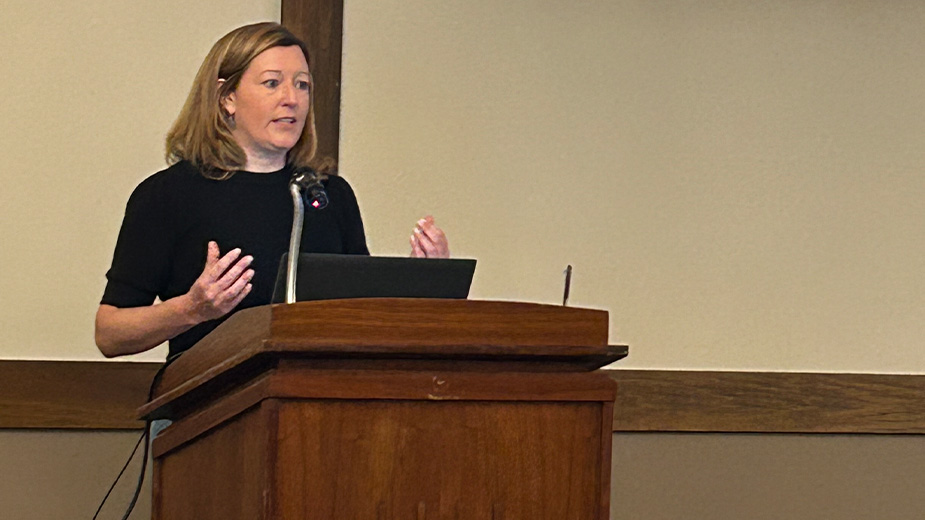How Will Driverless Cars Reshape the Economy?
PITTSBURGH — While self-parking cars have been around for a few years, autonomous cars that essentially drive themselves without human input were relegated to science fiction until fairly recently.
One look at the news makes it clear that science fiction is not far from becoming fact. The timetable for working autonomous vehicles keeps shrinking as companies race to beat the competition in delivering this technology.
How will self-driving cars change our economy and, by extension, our lives?
“I look at it through the pros and cons,” said PNC economist Mekael Teshome. “There will be unintended consequences, both good and bad, that we can’t see now. But there also will be opportunity.”
Features of autonomous cars are already commonplace. Some cars can self-park; others won’t let drivers change lanes if an oncoming car is too close. Still others use adaptive cruise control that changes the speed of your car to match the car in front of you.
In fact, the technology is developing so rapidly that state legislatures all over the country are considering legislation to regulate autonomous cars. Nevada was the first state to authorize the operation of autonomous vehicles in 2011. Since then, 20 other states have passed legislation related to the self-driving vehicles, according to the National Conference of State Legislatures.
Teshome says a society dependent on autonomous cars is coming and getting closer to reality. “It’s going to sneak up sooner than we think,” he says.
He outlined what to consider in terms of the impact of driverless cars on the economy and communities:
Commutes and productivity. Teshome says productivity will increase because traffic flow will be faster and smoother during rush hour. The roads will be effectively clear of accidents, as autonomous vehicles will “talk” to each other to avoid collisions.
Savings. Most autonomous cars will be electric and use less fuel. These cars will be lighter and could travel greater distances without much downtime for maintenance.
Improved elderly/disabled mobility. Millions of people don’t drive in this country because of age-related issues or a disability. Think of what a life-changer it would be if autonomous vehicles could transport people who cannot drive or take public transportation.
Space. People may migrate back to cities that feature newly open vistas no longer congested with parked cars. Conversely, people could move out of cities and into rural areas if their commutes are quick, efficient and productive.
Jobs. Some jobs, such as truck driver and taxi driver, could eventually go away. Other jobs, such as high-skilled mechanics and data mining and security experts, could become more plentiful.
“We can’t conceive of all of the possibilities now,” Teshome cautions. In the horse and carriage days, “who knew someday there would be a job delivering pizza?”
Cost of goods. Lower transportation costs and more efficient deliveries could mean lower costs for goods.
Safety. Accidents should drop significantly, because distracted driving and driver errors will no longer cause crashes. This can impact everything from insurance rates to auto body shops and personal injury lawyers. Most experts say driverless cars have the potential to save tens of thousands of lives in the U.S. each year, and millions worldwide.
Passive income. Teshome says we may earn extra income by having our autonomous cars run errands for people or drive them around while we’re at work.
SOURCE: PNC Bank.
RELATED:
The Business Journal: Oct. 20, 2017:
Cars Not Driverless Yet, but Not Far Off
Copyright 2024 The Business Journal, Youngstown, Ohio.



